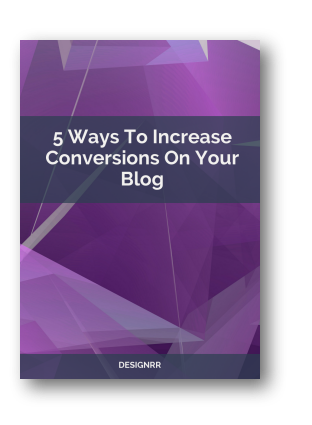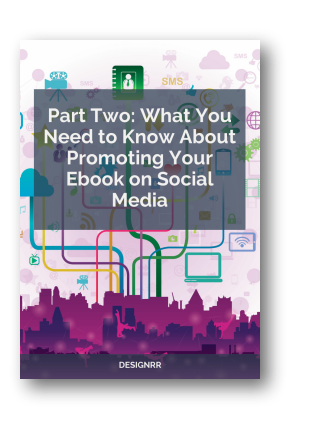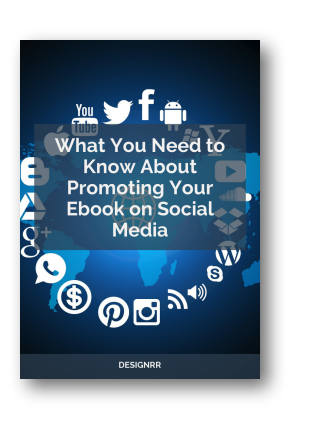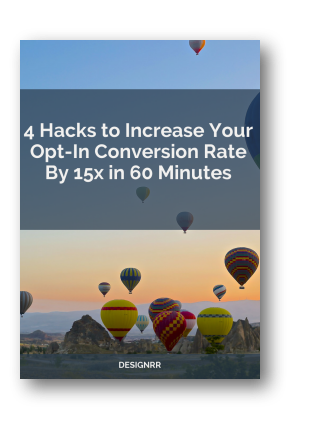Copywriting is useful in increasing productivity, earning a return on investment (ROI), and helping a company convince its target audience about its products. It allows you to easily convey how potential customers can gain value from your products and satisfy their needs.
Every business owner wants a glimpse of the written word that helps sell their products. For some of the most popular and wealthiest people like Steve Jobs, Bill Gates, and Oprah, the power of words has been instrumental to their success.
E-mails, webinars, and video sales messages are useful in internet marketing and digital publishing today. Copywriting on the other hand is useful in enhancing marketing techniques.
Here are some great resources that help you to learn more about selling through the art of writing:
When do you use copywriting techniques?

Copywriting has existed long before the internet. Copy materials were distributed through direct marketing by way of the U.S. mail service. Essentially, these U.S. Direct mailings (or rather sales letters) were sent directly to the potential buyer. Writers had to produce content that was appealing to draw in customers to their products or services.
Today, content is a very powerful sales tool. To achieve a positive ROI on your internet marketing campaigns, you need to use copywriting techniques. It enhances the interaction between your brand and your clients. Free text that is persuasive helps boost the client experience and builds trust. If there is no trust in what you are selling, you have less chances of cultivating a partnership with your target customers. Producing quality content for free makes customers avid readers and transforms them into regular buyers.
The four places you will use copywriting
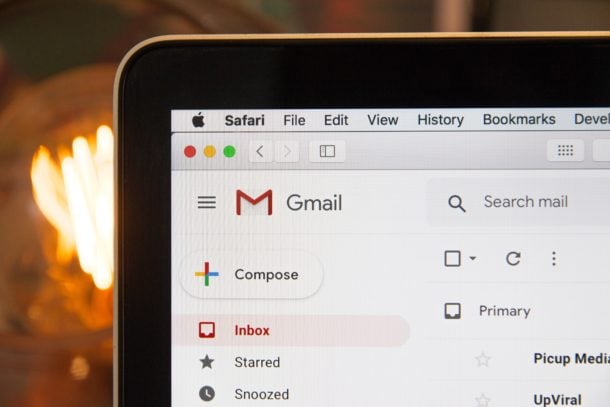
There are four types of copywriting, which include:
- E-mails
E-mail marketing is one of the best ways to make money online. You can make a lot of money by selling your own goods or by e-mail copywriting to a freelancer or an agency. An e-mail marketer can sell goods worth millions of dollars.
- Written sales letters
Written sales letters are a direct response marketing technique where you use written words to convince readers to purchase a product. For you to get the highest sales with this technique you need to inform purchasers about the benefits of the products rather than their features.
- Video sales letters
Video sales letters are like written sales letters, but they are more in-depth. You will do a video pitch with your camera or use PowerPoint slides.
- Webinars
Webinars are great for educating people about products and answering any questions they have. If you wish to sell high ticket items and make money, webinars are the way to go.
Understanding the basic copywriting rules

What is good copy? When does copy fail to persuade?
Listening to your customers helps you learn which features and benefits appeal to them the most. You need to understand copywriting rules before writing persuasive copy. The rules will help you to create the right balance between features and benefits.
Basic copywriting rules include:
- Matching features with benefits
- Being specific in order to boost credibility
- Use proof and testimonials to make people believe you
- Overcome objections
- Urge people to take action
- Be clear in your call to action
Why understanding the product is so important?
The basic concept of copywriting is understanding what you are selling. Know the product inside and out. David Olgilvy is a legendary copywriter known for taking three weeks of meticulous study to come up with an award-winning ad for Rolls-Royce. Its catchy headline was, “At 60 miles per hour, the loudest noise in this Rolls-Royce comes from the electric clock.” He took a lot of time to find compelling details about Rolls-Royce. Understanding the product and its features helps to better understand how it can benefit and appeal to your target audience.
The first part of any copywriting project
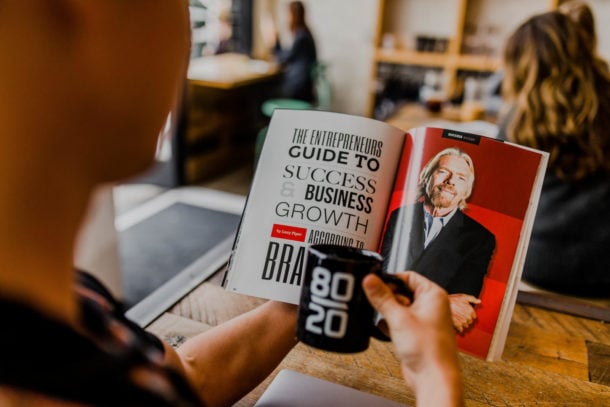
As a business owner or blog owner, you already have a full understanding of your product features and benefits. This a great starting point since you do not need in-depth research for your copy. All you need is to capture all the details of your products. Write a full product description with its features and benefits for quick reference. You already have all the useful details on how to better describe and sell your product.
The how to step-by-step copywriting formula
Copywriting can be overwhelming at first. To overcome this, here is a copywriting formula that will help you to sell goods worth millions of dollars.
The introduction

Regardless of the product you are selling, capturing the customers’ attention is critical. Readers must see value in reading your copy. Use enticing headlines based on market research or what buyers are curious about. Your presentation must be appealing and offers solutions to common problems.
Example: Did you know babies know the difference between bad and good before they are one year old?
Purpose: Convince to engage
Every great piece of copywriting begins with a strong introduction. Here is an example from George Orwell’s famous novella Animal Farm: “Mr. Jones, of the Manor Farm, had locked the hen-houses for the night, but was too drunk to remember to shut the pop-holes.”
From this opening, Orwell sets readers up to be curious about the consequences of Mr. Jones’ actions. He leaves readers wanting more.
The same case with customers is true, leave them wondering, “what’s in it for me?”. Make the copy very interesting and this will engage them immediately.
Check out these two examples:
- “Hi, my name is John Doe, and I’m so glad that you’ve come to this page. I’m an award-winning fitness coach and I’d love to talk with you today.”
- “Are you looking to lose 20 pounds? I just lost 100! Today, I’ll share with you how I did it.”
Which of the two is likely to get more engagement?
The story

Creating captivating communication attracts readers and keeps them engaged until they are convinced to buy. People often remember stories rather than facts. People take more interest in your ad when you tell a story of how a product solved their problems rather than describing its features.
Storytelling humanizes a product or service. Thus, people therefore can relate with what you are offering. Make the copywriting unique and take the readers on an exciting trip.
Purpose: Build a relationship, connection, and trust
Some copywriters get it wrong. They approach a story with the intention of evoking emotions, aligning with your values, or even focusing on building credibility. While this can be appealing, it is not enough to bring you sales. People buy from you because they feel a connection or relationship with you or your brand.
A perfect way to think about this is by looking at the lens of Batman and Robin.
Many copywriters want to position themselves as Batman and say, “Hey, look at me! Look at how great I am.” This positioning creates a disconnection with your audience. People want the product to save them and not you.
Another example is weight loss. Instead of saying, “Hey, look at me! I have won two bodybuilding championships and have a Ph.D. in Exercise Science. Buy from me!”. Rather, tell people about the system you discovered that helped you lose weight.
You could say,“I was down. I was out. I was 100 pounds overweight, but I was fortunate enough to meet ‘X’ bodybuilder that introduced me to an easy 5-step system to help me get control and lose weight.”
Focus on the product!
The content

In digital marketing, content is everything. Providing your audience with quality content is the best way to make your products valuable.
Purpose: Build value and credibility
The content stage did not exist twenty years ago. Today, buyers want proof that you are credible and providing value before they can make any purchase from you. The content stage is all about credibility.
When building value through the content stage, give them the ‘what’ but not the ‘how.’
In the Batman and Robin example, position the product as Batman and yourself as Robin. This gives more value to customers.
The transition

After taking your audience on tour and providing them with valuable content, you must start working on your sales pitch. Every copywriter needs to learn the art of effective transitions.
Purpose: Answer the why
Answer the ‘why’ means you answer any questions that buyers have in mind. The reason can be as simple as it gets.
If you are hiring a contractor for your house, you will not wonder why they are charging you to build the house. You already know that you must pay for materials and labor costs.
The stage is perfect for removing tension.
Everyone knows there is a pitch that is coming. They know you are going to tell them about your product. Remove the tension before the pitch. A common mistake for most people is that the energy drops at this point. They become shy when it comes to selling their product. Instead, your energy needs to go up.
If you had the cure to cancer and your friend is suffering from cancer, would you be shy about getting the product to them? Absolutely not. If you believe in the product’s ability to change lives, it is the same.
Here comes the pitch

People love to buy, but hate to be sold to. People will buy products based on the value they feel they are getting from the product. After showing them the benefits, be sure to have a clear call-to-action.
Call-to-action is what you want readers to do after reading your content. They can click on your ad, subscribe to get your newsletter or buy. An urgent call-to-action brings better results. To start, you can do tests to find out what works best for your audience.
Example: download your parenthood eBook for free.
Purpose: Confirm the sale
If you followed the first four steps, you probably have a sale. In the pitch, you confirm it.
People inherently want to feel like they are getting a great offer from you. They want to know they got the best deal possible. A real steal. A real bargain. Therefore, you need to position your offer in a way that makes them feel this way. If you are selling a product at $100, make them feel like they are getting more value than $100.
That is how a sale is confirmed.
Getting into copywriting
Getting into copywriting is one of the best decisions you will ever make. This article introduced you to four types of copywriting and a 5-step copywriting formula.
By following this simple method you will be on your way to making sales before you know it. Remember, to always start with really knowing the in’s and out’s of your product. Then incorporate the steps above, rinse and repeat.

